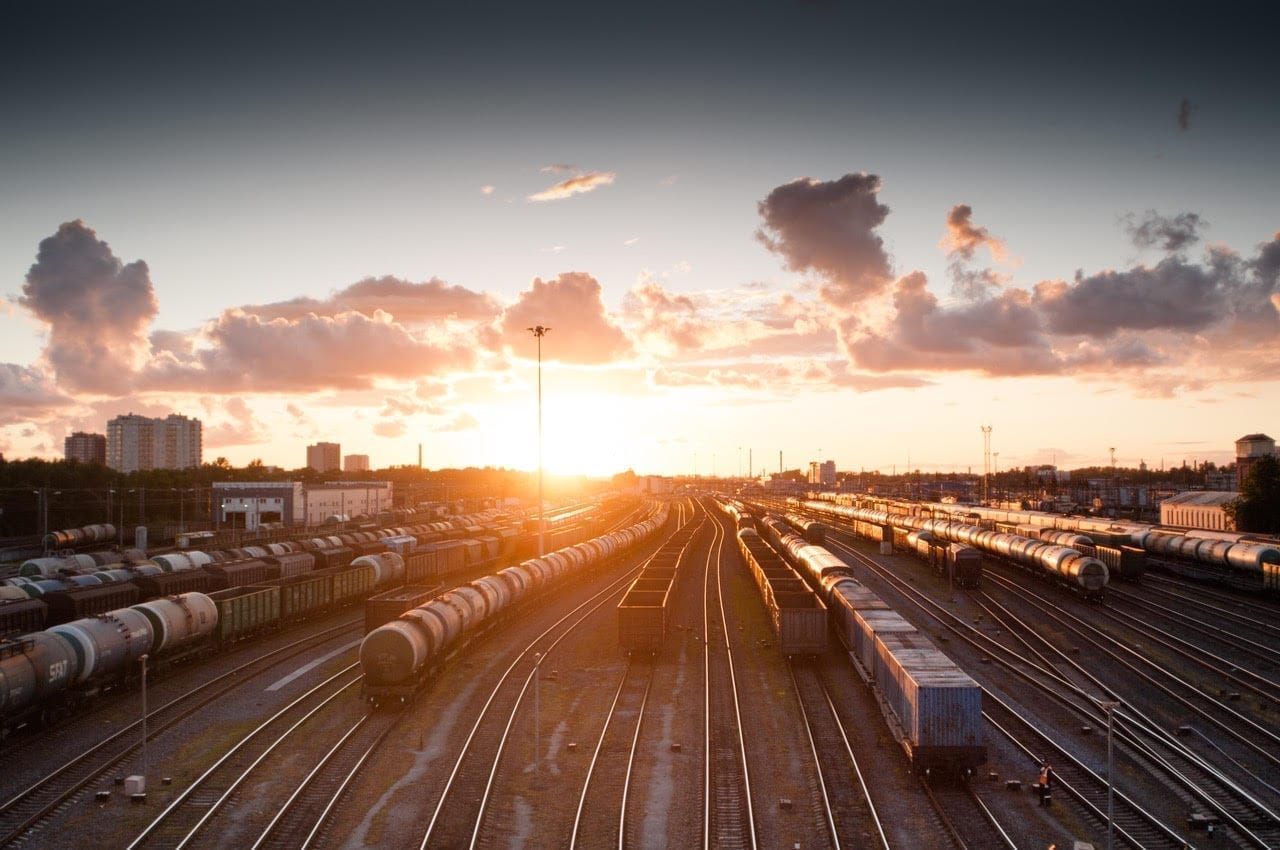
With a turnover of €90 million, Eurail.com is one of the largest online railway travel agencies in the Netherlands. Eurail.com sells Eurail and Interrail passes: the all-in-one train tickets that allow travellers to not only go wherever they want in Europe, but also whenever they want.
DEPT® was asked to optimise the customer journey performance for Eurail.com. The ultimate goal? To define Eurail.com as the best known starting point for travellers to create a personalised and authentic European travel experience.
Two-sided challenge
Travelling through Europe is quite a considerable investment. Especially when you’re a non-European. Because these travellers have to arrange transport to Europe and accommodation for throughout the period that they are staying there. And also because of the budget they need for daily activities, food and drinks.
Transport within Europe is easy to arrange by purchasing one of the Eurail.com passes. But in the end, the overall journey costs a lot. For this reason, customers of Eurail.com show a relatively long orientation process. It could take up to two months before purchasing the passes.
It turned out that during this long orientation period, the target group of Eurail.com has different questions that are relevant to a specific moment in time. Therefore, the target group needs different content at these specific moments. When the targeted customer is provided with the right content at the right time, the overall customer journey will eventually optimise.
DEPT® was tasked with addressing this two-sided challenge:
- How to be as relevant as possible at all times? (high relevance = high performance)
- How to show the added value of all the channels in the customer journey to optimise resources accordingly?
To address it, we turned data into insights and used our very own customer journey mapping model to optimise the customer journey performance of Eurail.com.
With this model we were better able to validate performance and actively test new hypotheses for each step in the funnel by getting insights and steering on the right KPIs matching the phase. The figure below explains and defines our model.
Different journey phases containing different behavioural data
Customers in different phases show specific behaviour in terms of consuming content and have different needs in their orientation process. Based on behavioural data, we divided the digital user experience into 7 unique phases, ranging from awareness to post-purchase. We perfectly serve the needs of each phase with matching messages in the different communication channels and with KPIs matching those phases. The primary goals of the campaigns for each different phase is to help the customer further and help them to the next step in the customer journey.
Providing inspiration is the first step towards engagement. Not with static images, but with the help of smart interactive banners and videos. After the awareness phase we serve personal content with dynamic remarketing banners to be as relevant as possible. In the attract and convince phases we use audience segmentation for both SEA and dynamic retargeting. The expected return based on behaviour is used to set bids and messaging in the ads. For post-purchase/pre-travel, social media and email marketing is used to re-engage with the customers.
With these insights we’ve been able to determine which campaigns, channels and messages perform best in helping the audience in their orientation process for each different phase. We actively tested different messages and call to actions in the different phases.
Added value
In short: the insights we obtained from our customer mapping model allowed us to optimise our SEA campaigns as follows.
First, we could personalise content based on behavioural data (both in ads and on site). Second, we could get insights in added value of channels. Which helped us in effective budget allocation per campaign, and in effective messaging in added value of upper funnel/non-branded campaigns (where volumes are high, but last click attribution to sales is low). Ultimately, we could set KPIs matching the phases.
Results
- Increased success rate of SEA campaigns from 14% to 22%
- Increased conversions rate of SEA campaigns from 1.83% to 2.32%
- Increased conversions rate of the site from 0.57% to 0.82%
- Increased overall CTR from 13.41% to 14.99%
- Increased success rate of more than +12%, which ultimately led to more than 5.000 pass page views in January 2018!
Questions?
Director of Data, CRO & Insights
Matt Lacey
Discover more



